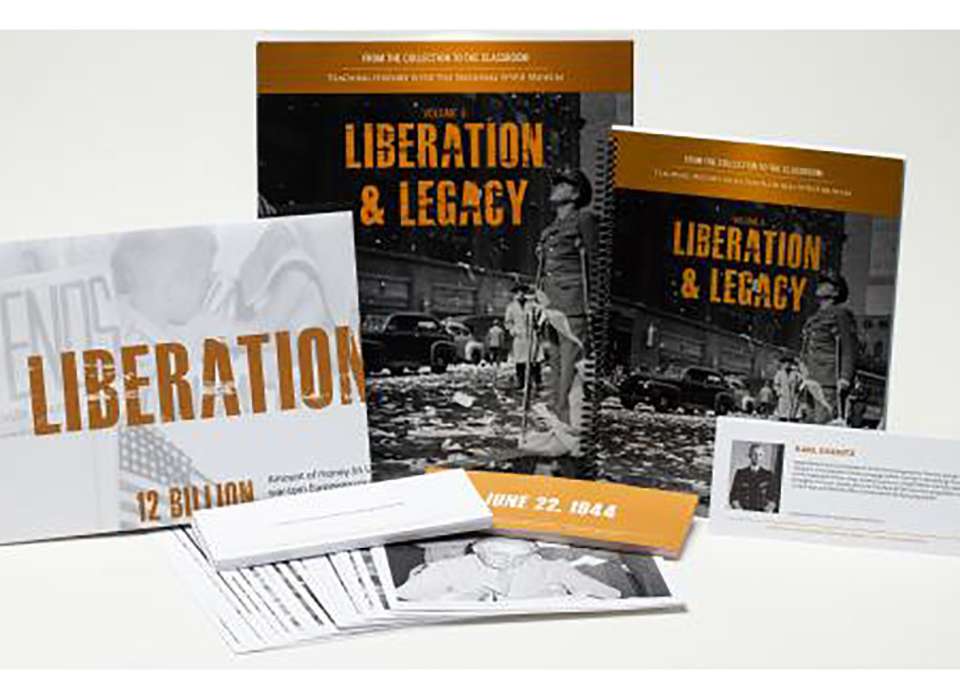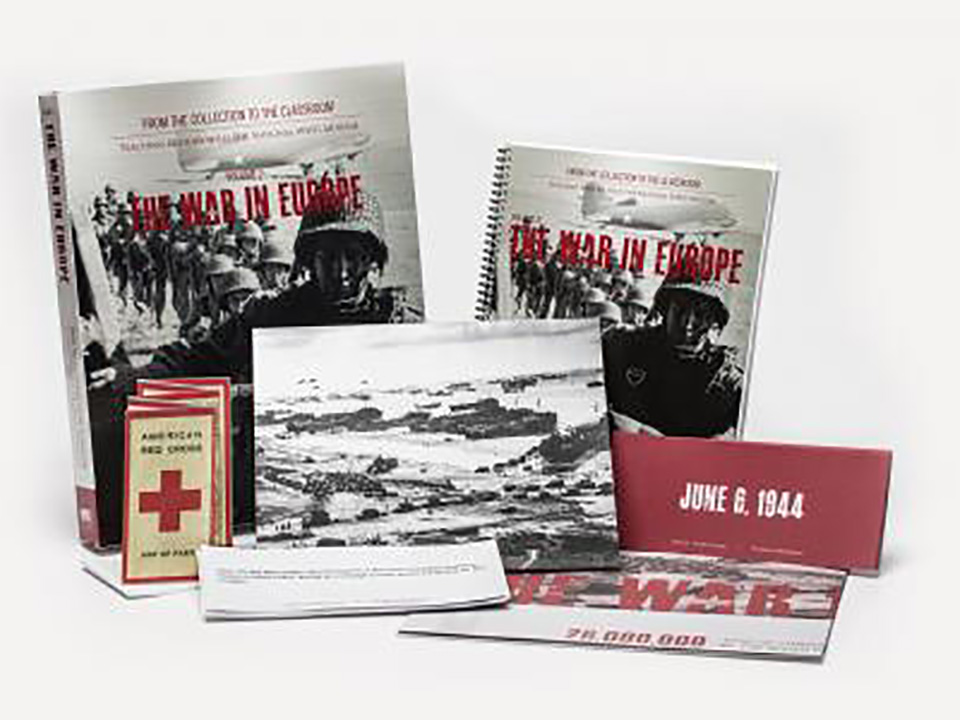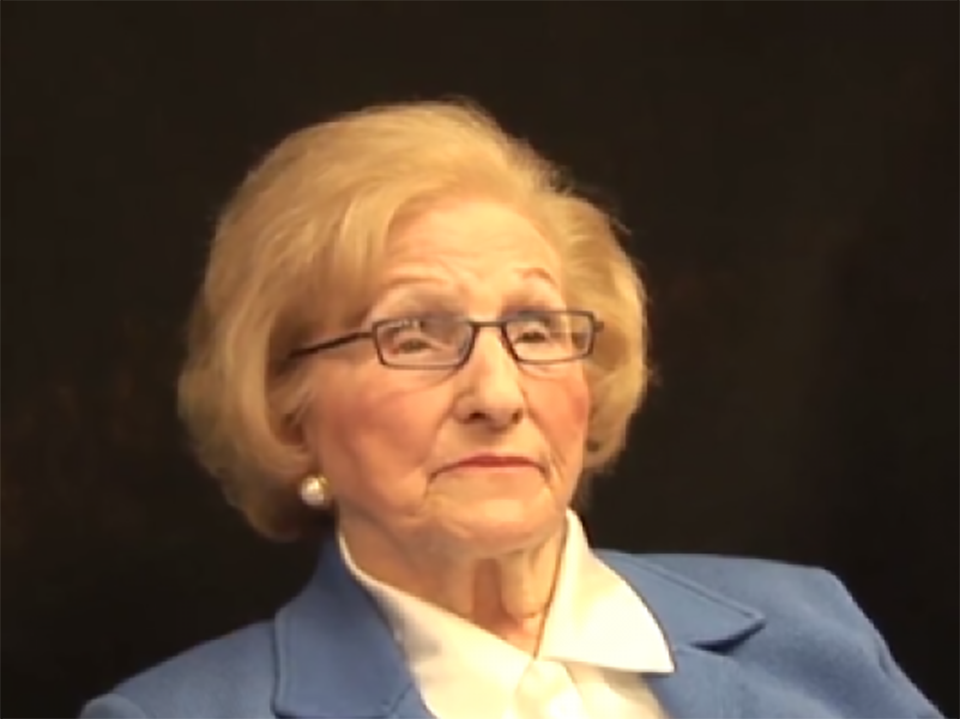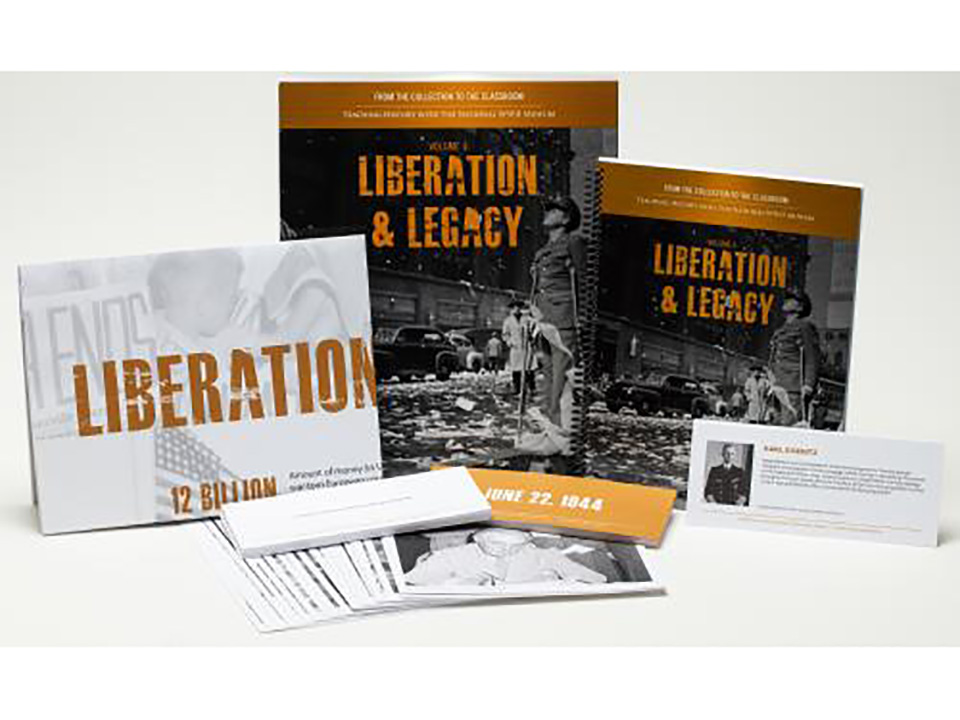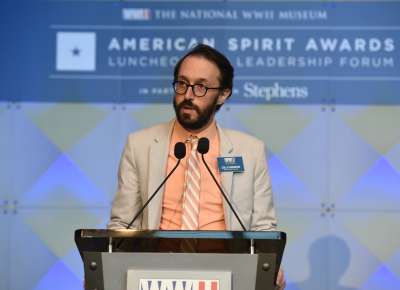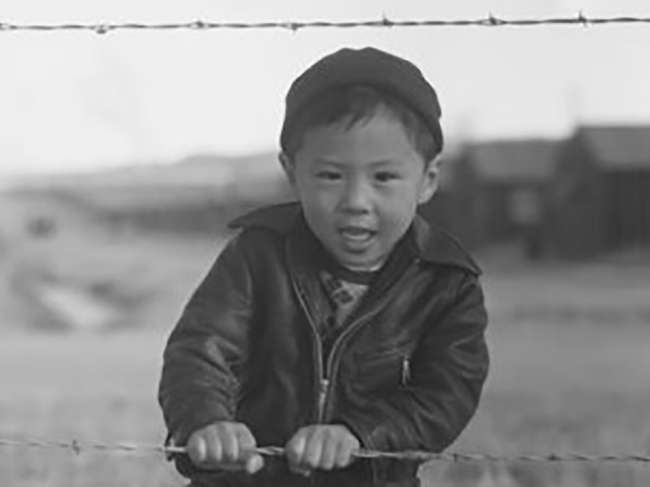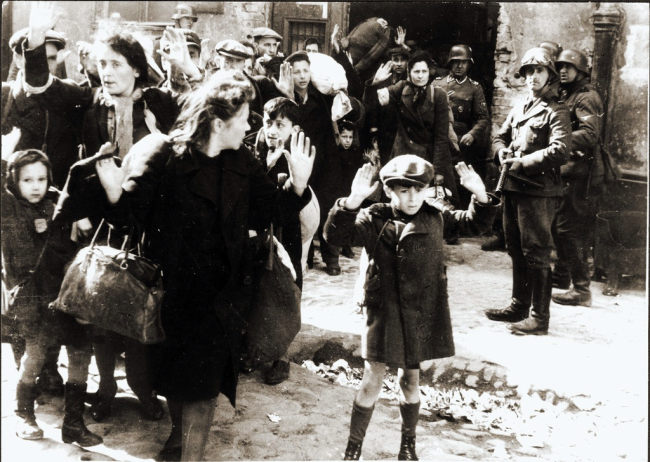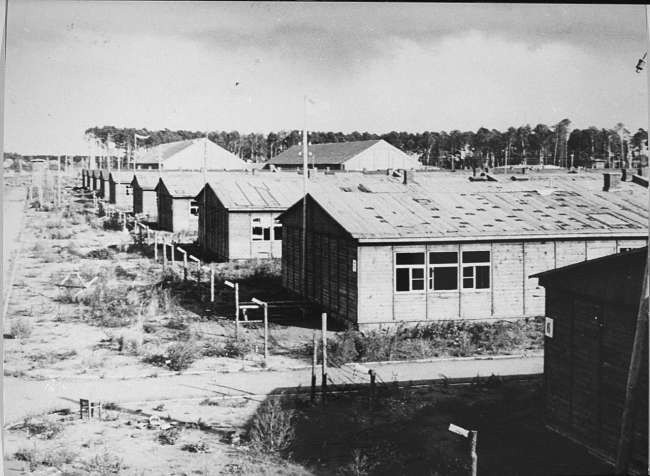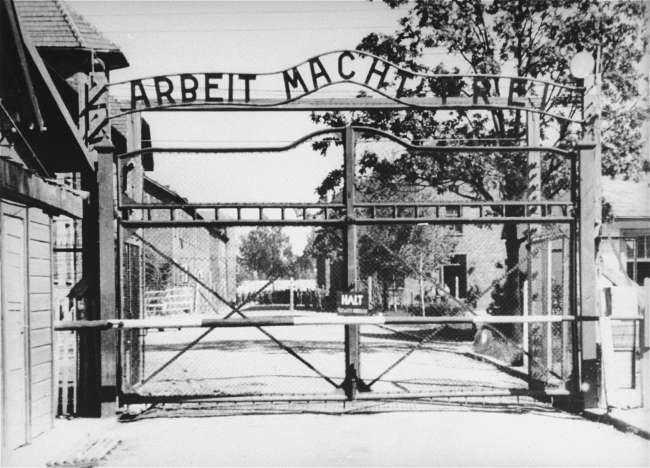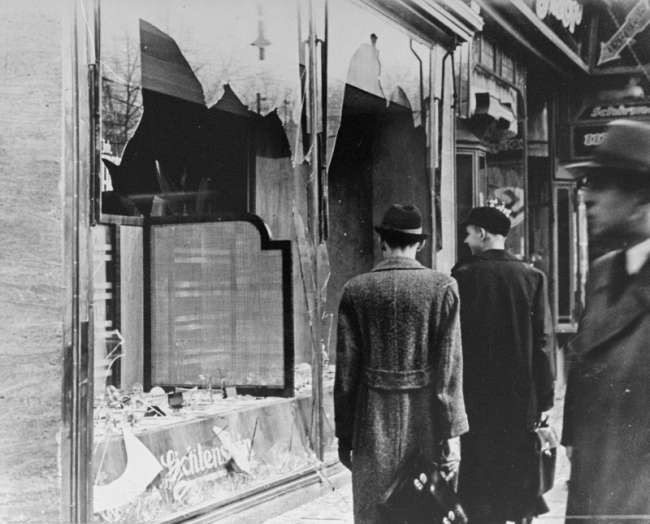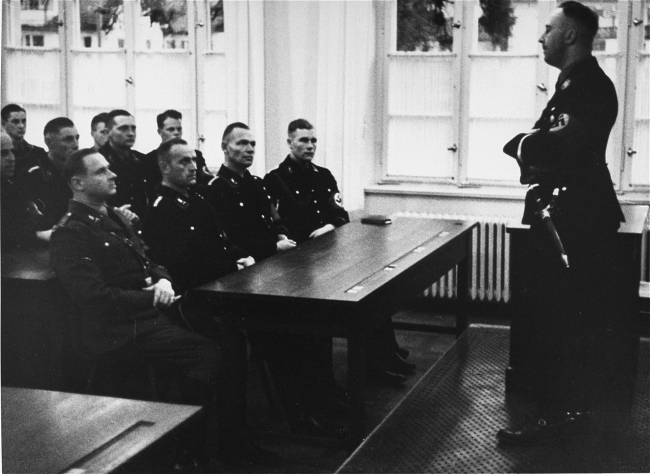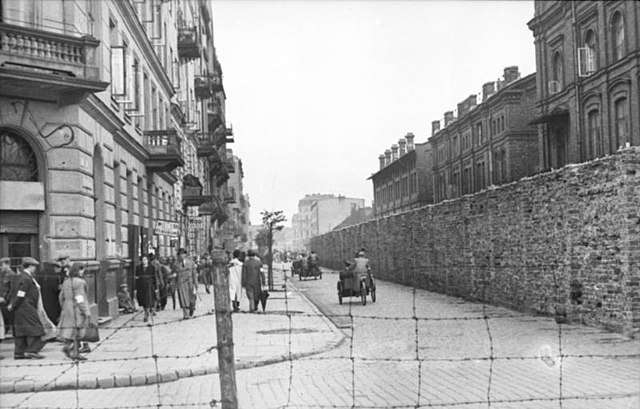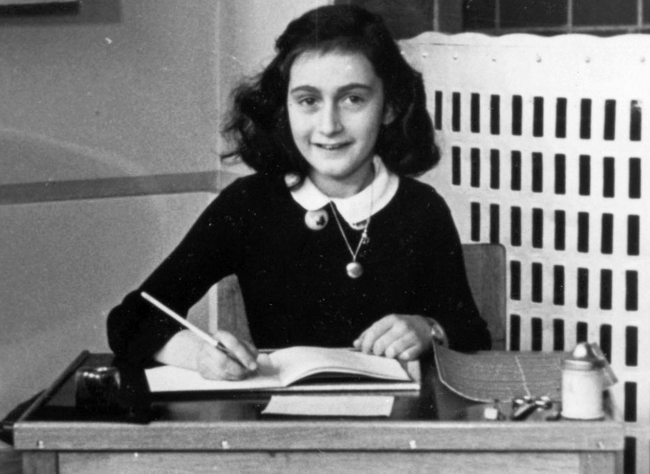Each year since 2006, January 27 has marked International Holocaust Remembrance Day: a day to commemorate the lives of 6 million Jews and 5 million other religious, racial, and political victims of Nazi persecution who perished in the Holocaust. Ratified by a resolution of the United Nations General Assembly in 2005 marking the 60th anniversary of the end of World War II, the date ultimately selected for International Holocaust Remembrance Day—January 27—was the day in 1945 on which the largest Nazi death camp, Auschwitz-Birkenau, was liberated by the Red Army. The National WWII Museum wishes to highlight Museum educational resources for middle and high school teachers and students that can be used on January 27 or throughout the year to learn more about the tragedy of the Holocaust. These materials and more, all of them Common Core aligned, are drawn from the Museum’s “From The Collection To The Classroom” curriculum series and are available free to download at ww2classroom.org.
To begin the discussion or to introduce the topic, have students read the overview essay, ‘How Did Hitler Happen.’ This essay, from the Museum’s War In Europe curriculum volume, summarizes the origins of the Nazi Party and the ascendance of Adolf Hitler first to Party leadership and ultimately to national leadership over Germany. This essay can be complemented by the ‘Who’s Who in the War in Europe’ teaching aid, featuring biographies of the major political and military leaders involved in the European theater of World War II, from both the Axis and Allied powers. For this topic, have students concentrate on the leadership of the Axis powers; many of whom will be seen again at the war’s close as they sit in judgment for their crimes.
For an exploration on the genocidal crimes of the Nazi regime during World War II, students can read The Holocaust and Then They Came For Me overview essays from the Museum’s War In Europe and Liberation & Legacy curriculum volumes—both of which outline how the lives of an estimated six million Jews and an additional estimated five million prisoners of war, Romany, Jehovah's Witnesses, homosexuals, and other victims across Europe were systematically destroyed. Following these essays, bring the voices of death camp survivors and liberators from the Museum’s Digital Collection into your classrooms with short oral history videos. Charlotte Weiss and Eva Schloss describe the horrors of life in Auschwitz while US Army soldier Harold Berkman recalls being amongst the first soldiers to enter Buchenwald concentration camp and the end of the war. All of these essays and oral histories can then be used in conjunction with the Life In Auschwitz: Evaluating Primary Sources lesson plan.
To close, students can focus on the search for justice for the victims of the Nazis in World War II as well as the role museums and public memorials play so that these individual lives will not be forgotten and that the crimes of the Holocaust will never again be repeated. Have students read the War Crimes On Trial overview essay before completing the Redefining Justice In Nuremberg and The World Must Know: Public Remembrance and the Holocaust lesson plans from the Museum’s Liberation & Legacy curriculum volume.
More overview essays, teaching aids, lesson plans, oral history, and summary videos to help keep the story of World War II alive for current and future students can be found at ww2classroom.org. The National WWII Museum solemnly joins with the entire world in commemorating International Holocaust Remembrance Day now and every day.

Pearl Harbor Education Resources
Free resources for your classroom to commemorate the December 7,1941 attack.
